Uttar Pradesh Switch to Hindi
UP Launches Subsidy Scheme to Curb Stubble Burning
Why in News?
The Uttar Pradesh government has launched a scheme offering a 40–50% subsidy on agricultural equipment that helps prevent stubble burning, a major contributor to winter air pollution across North India.
Key Points
- About: The subsidy applies to equipment such as mulchers and treaders, which enable farmers to mix crop residue into the soil, converting it into organic matter instead of waste.
- Objective: The initiative seeks to promote eco-friendly residue management practices and reduce air pollution caused by crop burning.
- Implementation: Farmers can apply for the benefit through the Agriculture Department’s online portal or by visiting the nearest departmental office.
- Token Payment System: The government has also initiated a token payment system for farmers to ensure a transparent and secure application process.
- No payment for equipment up to ₹10,000.
- ₹2,500 for equipment costing between ₹10,000 and ₹50,000.
- ₹5,000 for equipment costing lakhs of rupees.
Stubble Burning
|
Uttar Pradesh Switch to Hindi
UP to Open Satellite Investment Promotion Offices
Why in News?
The Uttar Pradesh government has announced the establishment of satellite investment promotion offices in five metro cities to attract capital investments directly from India’s major industrial hubs and connect investors with the state’s growing business opportunities.
Key Points
- About: The initiative will be implemented under ‘Invest U.P.’, the state’s investment promotion and facilitation agency.
- It aims to channel domestic capital investments into Uttar Pradesh and promote the state’s industrial and policy ecosystem.
- Satellite Offices: Mumbai, Bengaluru, Hyderabad, Chennai, and New Delhi.
- Staff Structure: Each office will comprise a General Manager, Assistant General Manager, two Udyami Mitras, two Executives, and two Office Assistants.
- Significance:
- Aims to bridge the gap between investors and the state government, facilitating real-time engagement and project facilitation.
- Expected to enhance Uttar Pradesh’s image as an investment-friendly destination and improve its ‘Ease of Doing Business’ rankings.
- City-wise Focus Areas: Each office will specialise in sectors aligned with the city’s industrial strengths:
|
City |
Focus Sectors |
|
Mumbai |
Financial Services, Infrastructure, FinTech, ESG Funds |
|
Bengaluru |
Global Capability Centers (GCCs), Aerospace, Semiconductors, Electric Vehicles, DeepTech |
|
Chennai |
Automotive, Electronics, Textiles, Hardware Manufacturing |
|
Hyderabad |
Pharmaceuticals, Biotechnology, IT & Emerging Technologies |
|
New Delhi |
Invest U.P. & Asia–European Union Facilitation Office |
Uttar Pradesh Switch to Hindi
Global Forest Resources Assessment 2025
Why in News?
India has achieved a major milestone in global environmental conservation by climbing to the ninth position worldwide in terms of total forest area, according to the Global Forest Resources Assessment (FRA) 2025 released by the Food and Agriculture Organisation (FAO) in Bali, Indonesia.
- This marks an improvement from the tenth position in the previous assessment, reflecting the country’s growing commitment to sustainable forest management.
Key Points
- About: The Global Forest Resources Assessment (FRA), conducted by the FAO, provides a comprehensive overview of the world’s forest resources—including their condition, management, and uses—based on country-submitted data verified through an expert review process.
- The report helps monitor international commitments related to the 2030 Agenda for Sustainable Development, the Paris Agreement on Climate Change, the Kunming–Montreal Global Biodiversity Framework, and the United Nations Strategic Plan for Forests (2017–2030).
- Findings About India:
- The report highlights that India’s total forest area now stands at approximately 72.73 million hectares, positioning the country ninth globally.
- India also continues to hold the third position in the world in terms of annual forest area gain, showcasing the success of its large-scale afforestation and conservation initiatives.
- The FAO report also highlights India’s large area under agroforestry, noting that out of 55.4 million hectares of global agroforestry land across 91 countries, India and Indonesia together account for nearly 70% of the global total.
- India alone has 12.87 million hectares under agroforestry, which plays a critical role in carbon sequestration, livelihood generation, and ecosystem restoration.
- Global Trends:
- According to the FRA 2025, forests currently cover about 4.14 billion hectares, which is roughly one-third of the Earth’s total land area.
- The report notes a slowing of deforestation rates worldwide, although the current rate of 10.9 million hectares per year remains high.
- More than half of the world’s forests are now covered by long-term management plans, and nearly 20% fall within legally established protected areas.
- Globally, Russia tops the list with 832.6 million hectares of forest, followed by Brazil, Canada, the United States, and China.





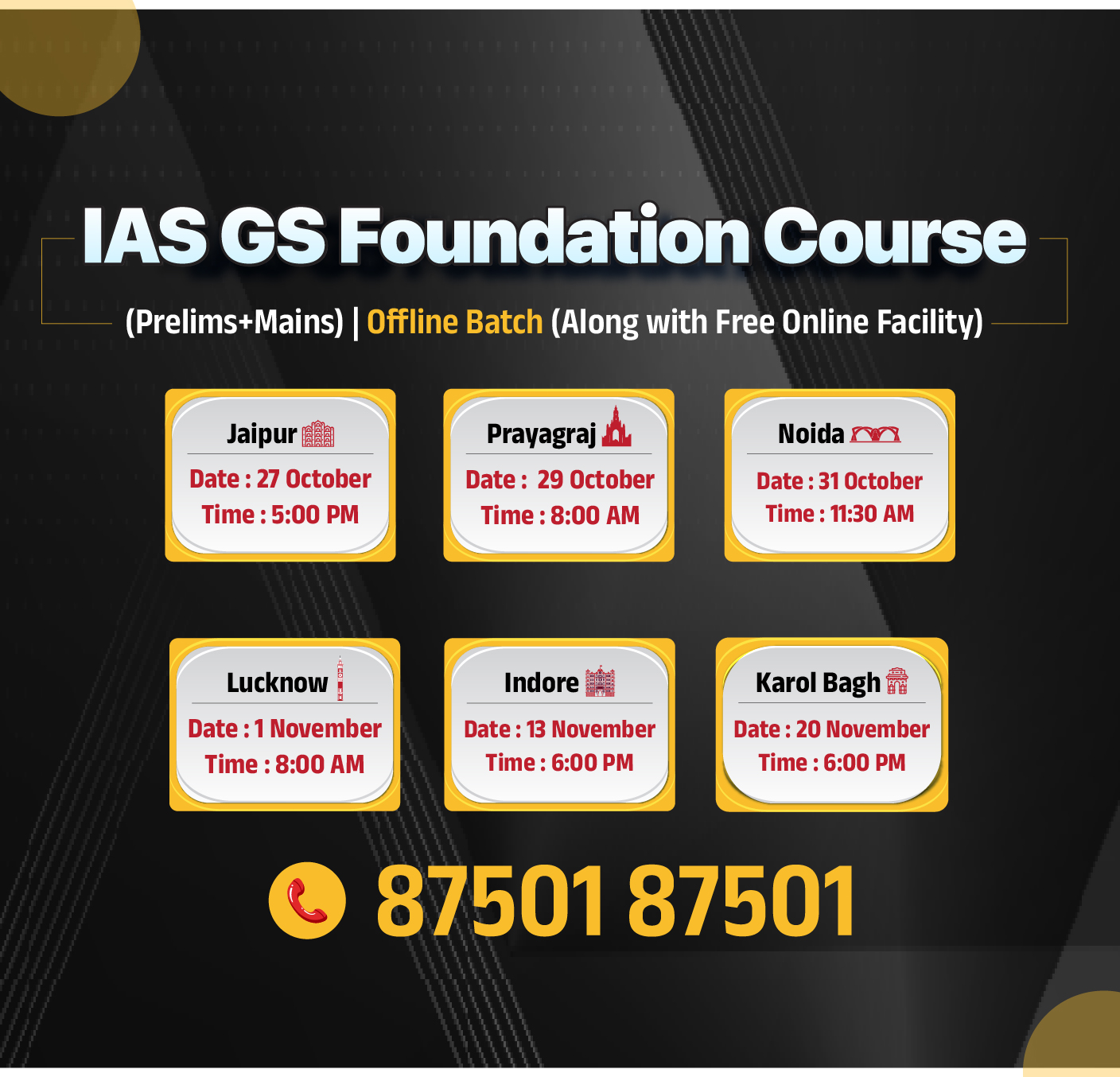

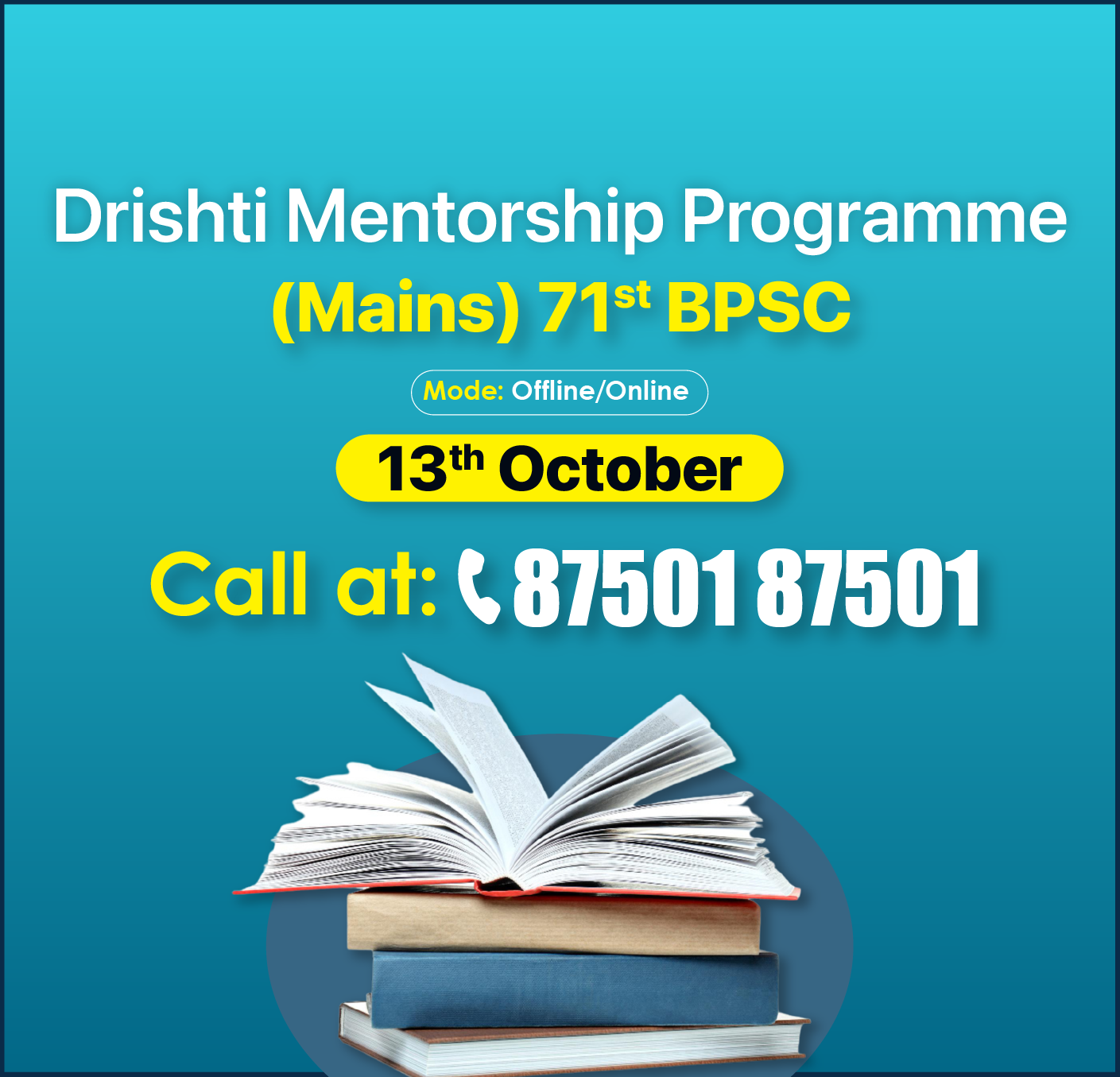

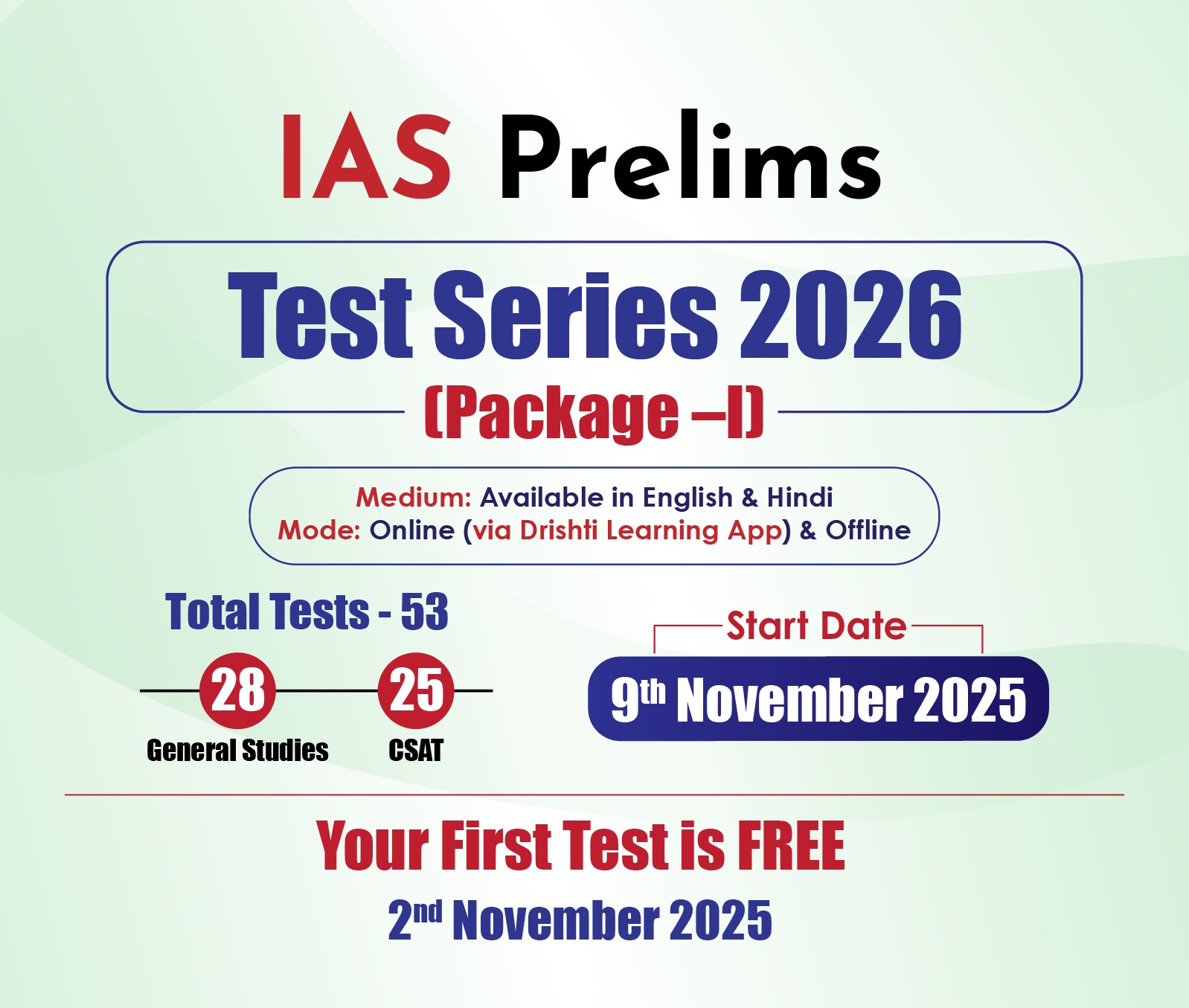
.jpg)
.jpg)

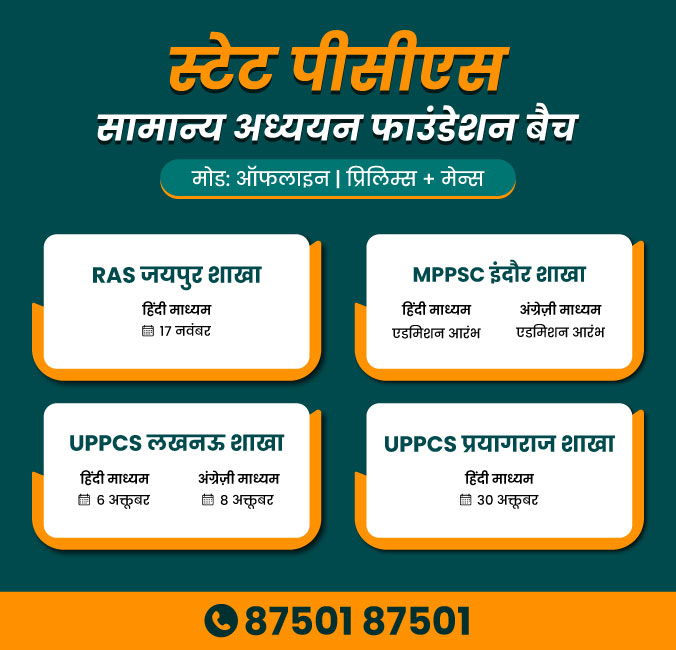

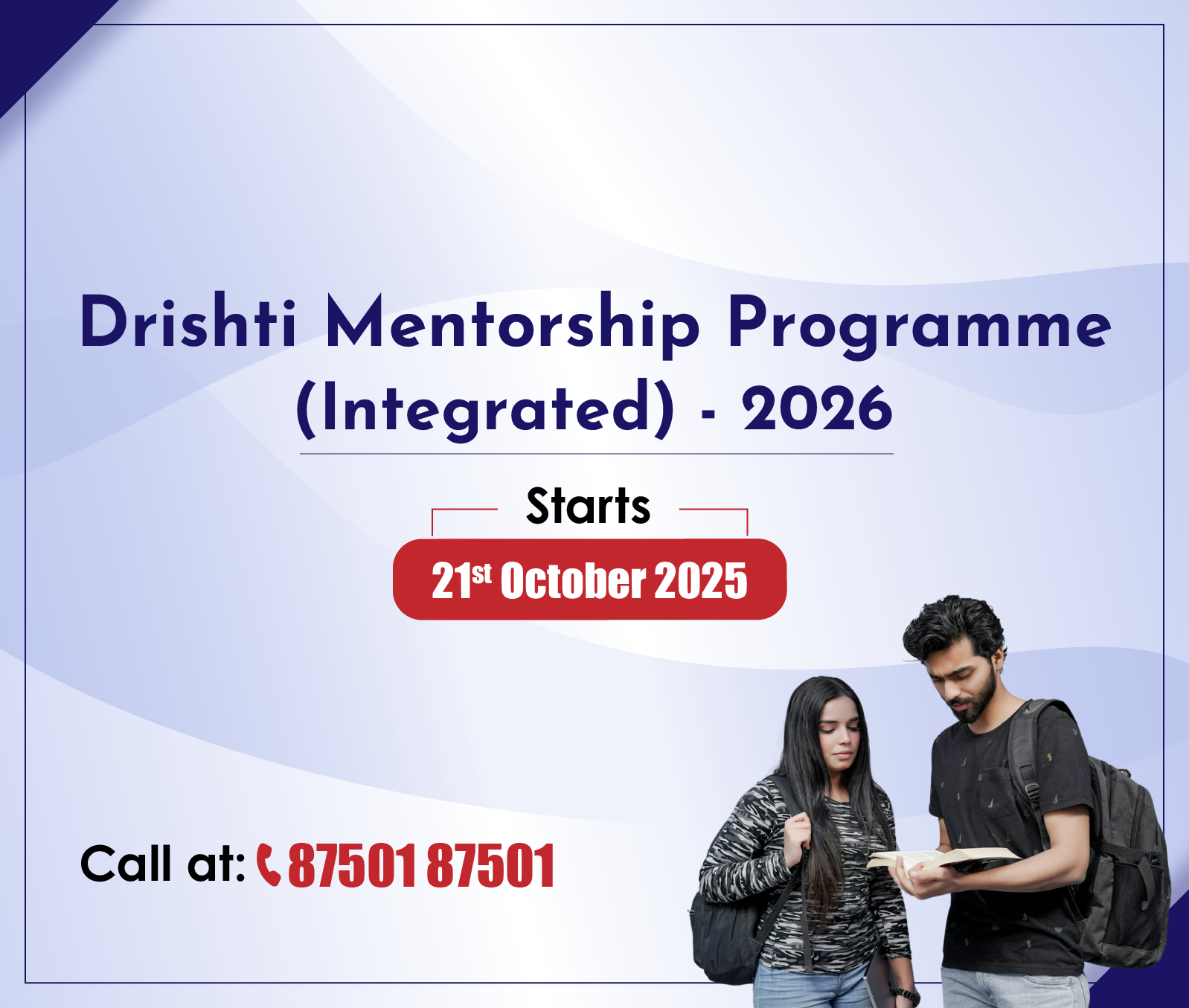






.png)


.jpg)

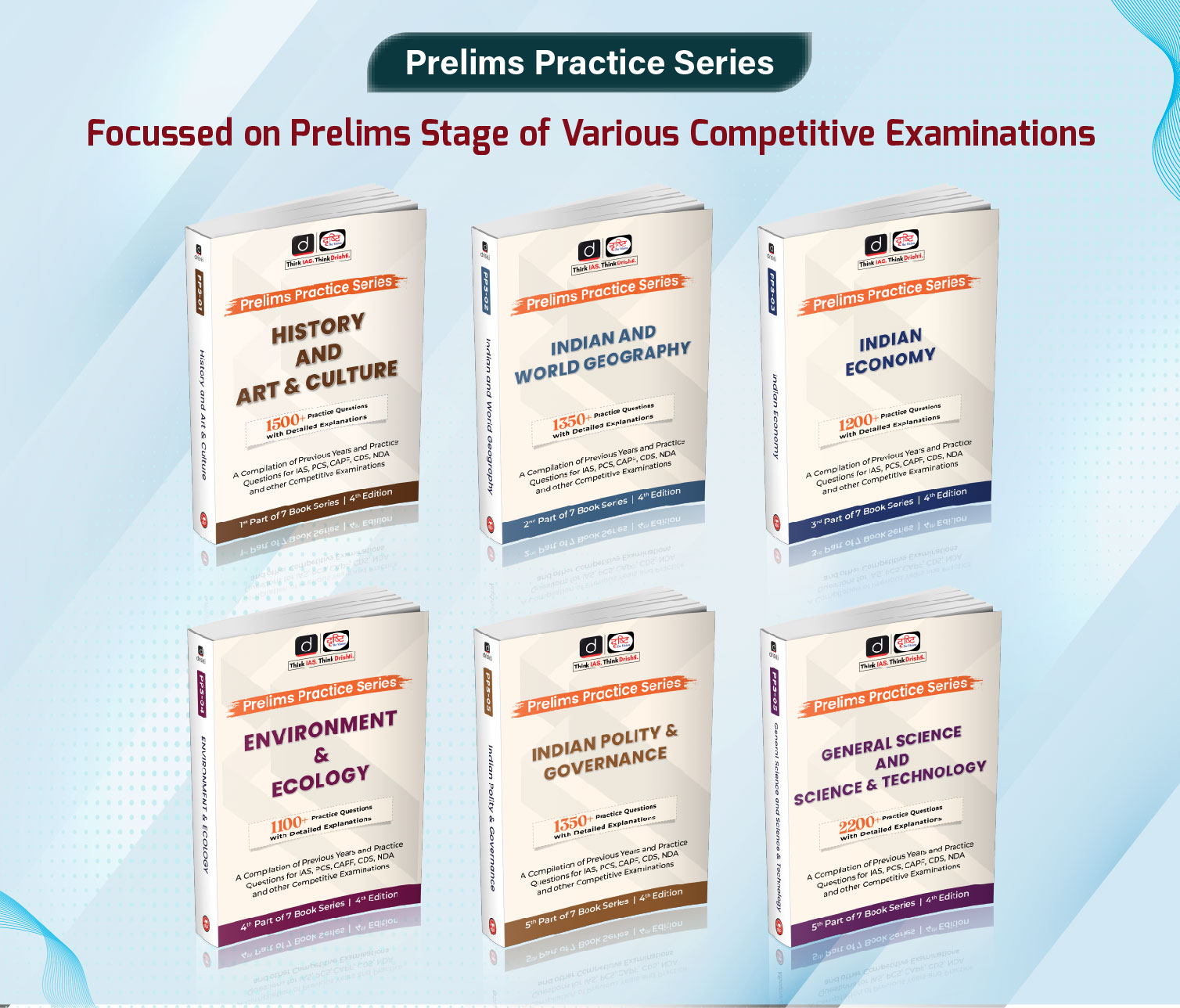

 PCS Parikshan
PCS Parikshan

